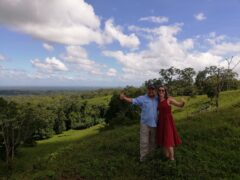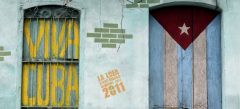
Torres del Paine is the name given both to a sprawling national park and the natural masterpiece hewn in rock that lies at its heart – on one side, three towers thrust skyward, turning red at sunset, and on the other, the many-sided 'horns' offer an ever-changing backdrop to glaciers and lakes. Whether you're interested in a full-scale trekking holiday in Patagonia or just dream of soaking up the unparalleled views, there are many ways to enjoy the tremendous beauty of this, Chile's most famous national park. We've gathered together a panel of experts to help guide you through the options.
The best time to go
My favourite time to be in Patagonia is during the austral autumn, when rich orange and red hues are emblazoned across the landscape. It's also a quiet time when you'll be able to enjoy the huge empty vistas and uncrowded trails without distraction. In general, my advice would be to aim for the fringes of the season (October, April) and avoid the peak months of January and February when the park can get so busy that it does take away somewhat from the wilderness experience. Even if you can only wait till March things do quieten down significantly as the South American summer holidays will have ended by then.
David Nichols, Product Manager for the Southern Cone region
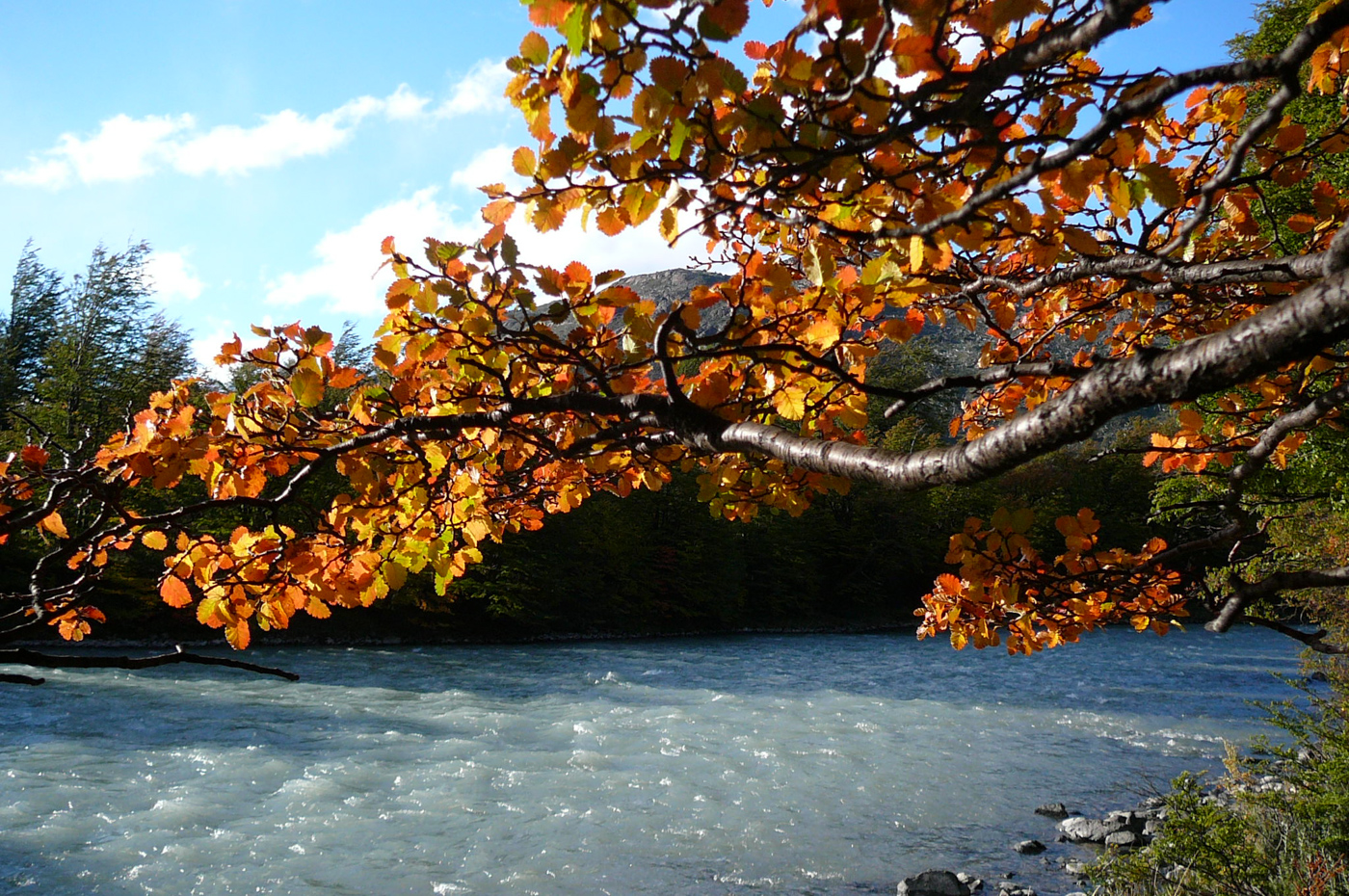
Most people choose to visit Patagonia between October and April, the mildest time of year in the far south. However, I've also had some great times in the park during the British summer, when though cold it can be very clear and there tends to be less wind, which can add considerable chill factor during the traditionally warmer times of year. The advantages include virtually empty trails, wonderful sunsets and the undisturbed wildlife – while you are more or less guaranteed to see ñandus, condors and guanacos at any time of year you will see more of them, and from closer up, during the off-season, and I have heard more reports of puma sightings at this time too. The main disadvantage of visiting out of season is the shorter days – while in the austral summer it can be light from 5am to 11pm, in winter you'll get a maximum eight hours of sunlight and will need to time full-day treks very carefully as a result. A good compromise is to visit in the spring: October would be my ideal month. At this time desert flowers spring up all over the valleys and the bright red Chilean firebush adds a dramatic accent to the awakening spring landscape.
Sarah Beard, Former JLA staff member
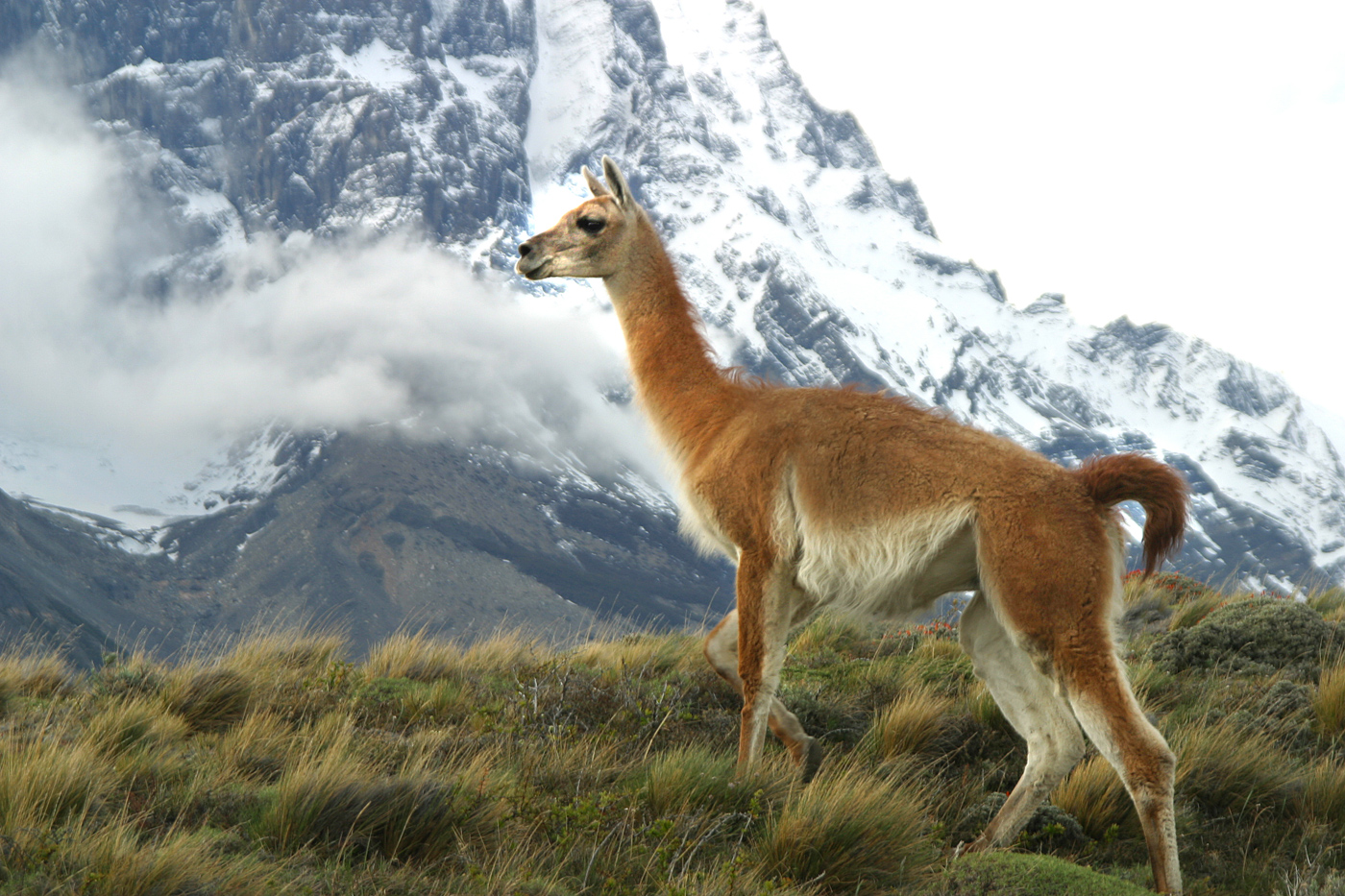
Ideal length of stay
Don't risk disappointment by staying for too short a time – the weather can be temperamental and the longer you are there, the more chance you'll have of seeing the landscape in ideal conditions. Unless you are looking for a long trek of several days, three nights is enough to see the sights, visit the best of Torres del Paine's more accessible areas and get a good sense of the stunning wilderness you are in. If you are a keen walker, the ideal stay is really down to how many days you can spare and the particular treks you want to do, but I would recommend about six nights as a rough guide. That's not to say you wouldn't want to stay longer – and indeed you'll have to if you plan to do the full Circuit trek. I stayed two weeks myself!
Mary Anne Nelson, Senior Travel Consultant, Tailor-made
Getting there
Most people get to Torres del Paine by flying from Santiago to Punta Arenas (4 hours) from where it is about a 3-hour drive to Puerto Natales, the nearest town to Torres del Paine. Some people like to break their journey in Natales, a quiet town with great views over the Last Hope Sound but, unless you’re travelling on public transport it isn’t normally necessary to do so – a new road links Puerto Natales to the southern boundary of the Park in just over an hour. LATAM Airlines now fly from Santiago straight to Puerto Natales making Torres del Paine much more accessible. My favourite way to reach the park however is to cross from Argentina. It's about a 6-hour drive to El Calafate, the gateway to the famous Perito Moreno glacier.
David Nichols, Product Manager for the Southern Cone region
Walking and trekking in Torres del Paine
The 'W' trek, so-named because of the shape of the route as it curves in and out of the Paine massif, is the classic Torres del Paine trek and takes you right up close to all the most dramatic views. That's why it's my favourite trek in Patagonia. More good news is that it isn't necessary to camp on this trek if you don't want to: there are basic but comfortable dormitory-style refuges along the way which are well organised and warm, offering a well-deserved bed for the night, a hot supper and even a packed lunch for the following day. For a more upmarket option you can even stay in the Eco-Camp for all but two of the nights, though this will add some length to your stay (certainly no bad thing in my opinion!). The trek demands a minimum of four full days' walking so you will need at least five nights in Torres del Paine to undertake it, and six if you plan to take the Eco-Camp option. Included in the W is the trek to the base of the towers, which can also be done as a day trek on its own (though it is one of the toughest as the climb is steep).
Sarah Beard, Former JLA staff member
My favourite trek has to be the Circuit. It is a demanding and long walk, but it goes a step further than the W trek by going right up over the top of the massif, offering a unique perspective. You'll also cover most of the same ground from the W trek so you really will see the towers and horns from all angles. For some stretches there is no option but to camp, and there are sharp ascents that make this a physically tough route, but there's no doubt that it is the ultimate Torres del Paine trek.
Mary Anne Nelson, Senior Travel Consultant, Tailor-made
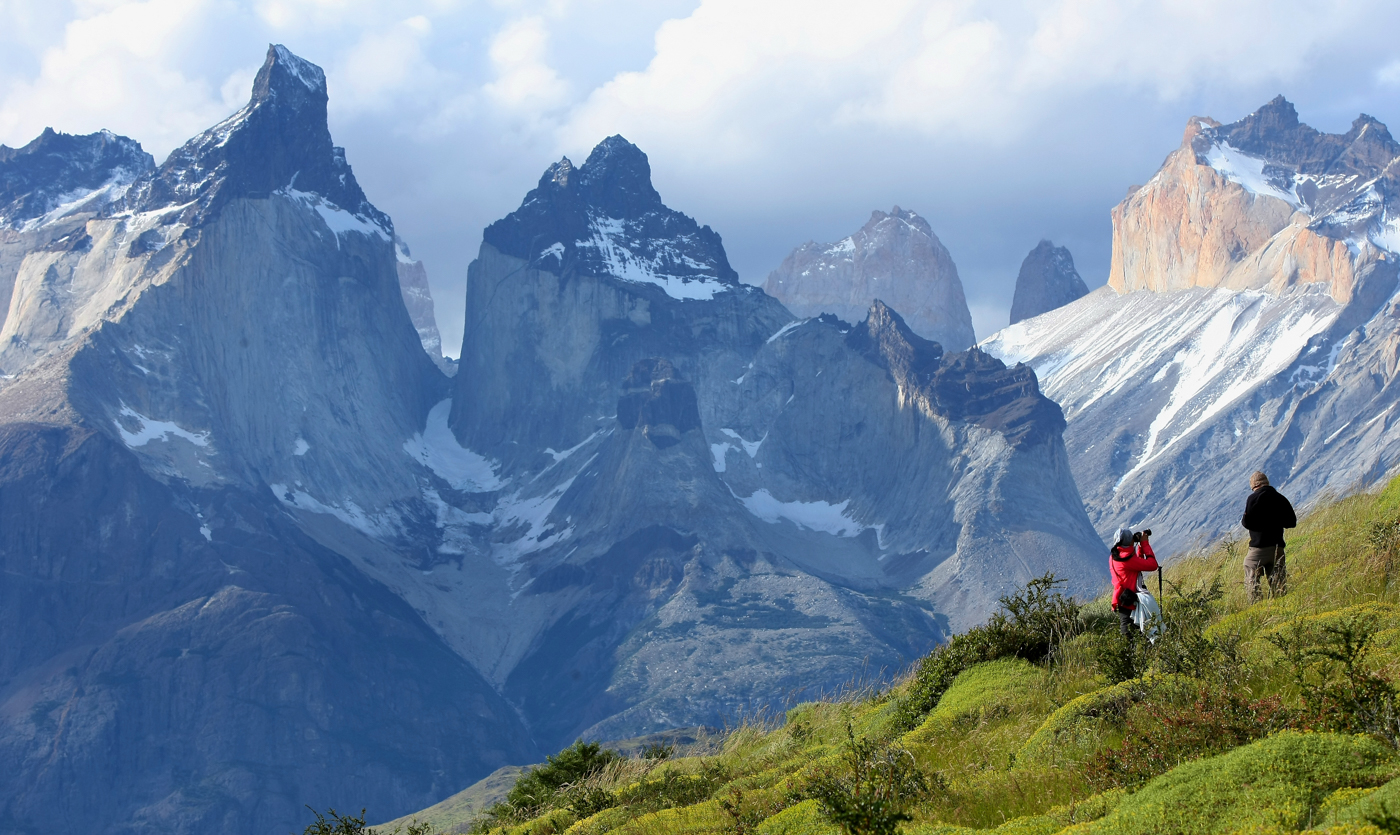
Torres del Paine for non-trekkers
We are often asked whether Torres del Paine has much to offer if you can't or don't want to trek. The answer, without a doubt, is yes. There is an exceptionally scenic road running right through the park and a number of hotels with incredible panoramic views that allow you to drink in the essence of Patagonia without having to get out of breath! Speaking of which, unlike in Peru there are no altitude issues to contend with here, so you shouldn’t feel quite as breathless on the uphill stretches.
David Nichols, Product Manager for the Southern Cone region
There are plenty of short walks and day treks all over the park, some of which offer just as good views as the longer treks. There is a walk to the Salto Grande waterfall and on to a lookout point above the stunning Lake Nordenskjold and across from the French Valley (one of the park's main attractions), which is wedged down the side of the Paine massif. It's truly one of the most beautiful places in the whole park and such an easy, flat walk. Our groups also always love the walk along the beach on the shores of Lago Grey (45 minutes each way) which offers great views of the Cuernos del Paine and Glacier Grey in the distance, and there are often giant icebergs in the lake.
Sarah Beard, Former JLA staff member
Non-trekkers will be relieved to find out that one of the best ways to tour Torres del Paine is by boat. The Glacier Grey boat trip is particularly rewarding as it takes you right up to the face of the enormous blue glacier. There is also a great trip to the surprisingly different Serrano and Balmaceda glaciers by speedboat, a fantastic adventure. The only sight you won't get close up to without strenuous trekking is the towers, but don't worry as you can see them from the road without difficulty (weather permitting!). You can see the horns from almost all angles without trekking.
Mary Anne Nelson, Senior Travel Consultant, Tailor-made
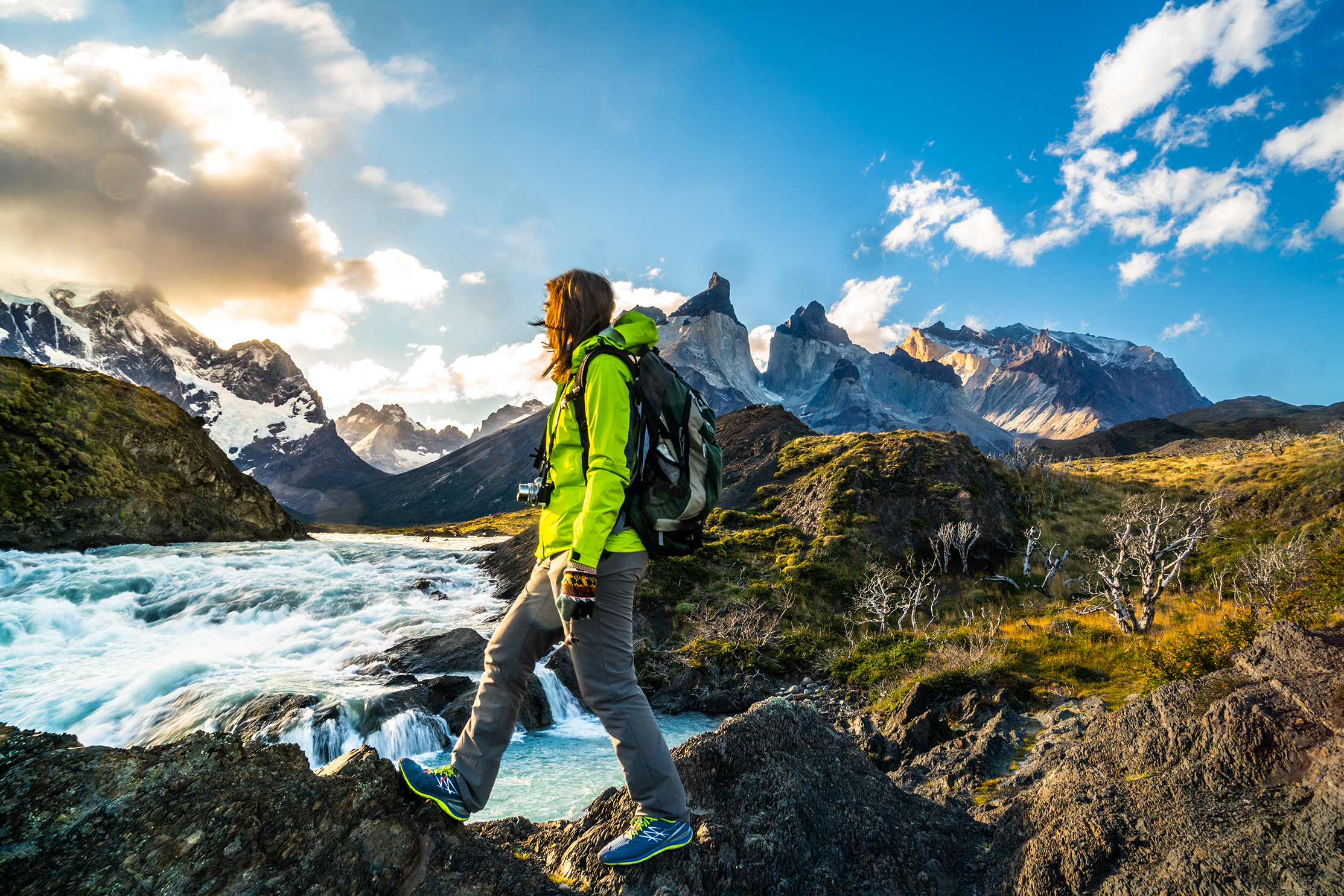
What to take
The key advice? Layers. Several thin layers will keep you much warmer than one thick, heavy jacket and allow you to adapt your attire to the famously changeable Patagonian weather (there can be "four seasons in one day", as they say). Make sure you bring a good-quality waterproof jacket, and waterproof trousers aren't a bad idea either, particularly if you plan to camp: when trekking there's little worse than the misery of putting on wet trousers in the morning. Binoculars are useful, even more so if you are interested in birds, and shoes with good grips and ankle support are a must.
David Nichols, Product Manager for the Southern Cone region
Don't forget sun cream and sunglasses as the sun can be very strong. Walking poles aren't strictly necessary, but some people prefer to use them. One thing you will need is a good map, but you can buy these inexpensively locally or often the park administration will give you one upon entry. A tip is to bring plenty of snacks from outside the park as once you're inside these can be very overpriced, and to bring a plastic bottle in with you to fill up in your hotel, since it's safe to drink water from the tap.
Sarah Beard, Former JLA staff member
Where to stay
If money is no object, stay at the exceptional explora Patagonia hotel – where in the world can compete with that setting? The hotel operates on an all-inclusive basis and has an amazing programme of excursions using its own comfortable transport, so the whole park is your oyster.
David Nichols, Product Manager for the Southern Cone region
I would recommend the Hosteria Lago Grey, one of the original hotels to have been built in the area and still one of the best-located. Here you are smack bang in the middle of the action, with sensational views of the Cuernos and Glacier Grey from the hotel itself. One of the features that really distinguish our Patagonia tours is that we only use the hotels that offer best access to the park. My advice would be to always choose the best location your budget will allow.
Sarah Beard, Former JLA staff member
I'm an outdoors girl at heart, so the two modern and very comfortable takes on camping that are offered within the park are probably my favourite options. I would recommend staying at the Eco-Camp as part of one of the treks, but if you want more luxury the quirky yurts of Patagonia Camp give the atmosphere of the outdoors without any of the privations.
Mary Anne Nelson, Senior Travel Consultant, Tailor-made
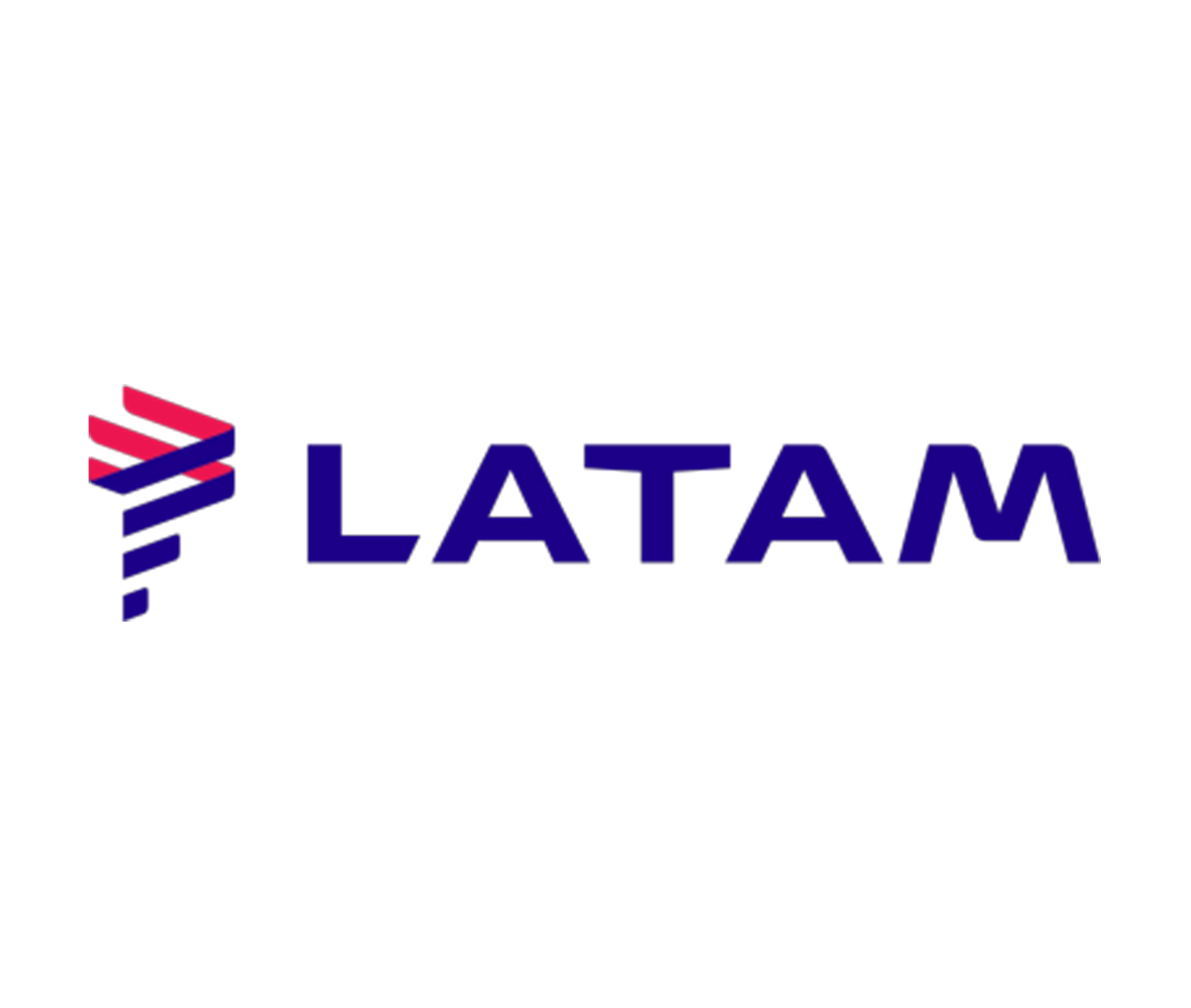
LATAM Airlines offers access to the most extensive flight network in Latin America, reaching more than 115 destinations in Brazil, Argentina, Chile, Peru, Ecuador, Colombia and Paraguay.
You can fly with LATAM Airlines via Madrid to Santiago.
LATAM Airlines is a oneworld member – you can accumulate air miles with all oneworld partners.
Tailor-made holidays
Flexible, custom-made holidays to Latin America created to match your exact requirements: our tailor-made itineraries are as unique as the clients for whom they are designed.
Design my tripPapagaio
Your edit for Latin American inspiration
Our exciting range of articles on Latin America explore everything from iconic destinations and lesser-known cultural gems to delicious traditional recipes. You’ll also find exclusive travel tips, first-hand client reviews and the chance to get your personal questions answered by our travel experts.
View Extraordinary Inspiration
